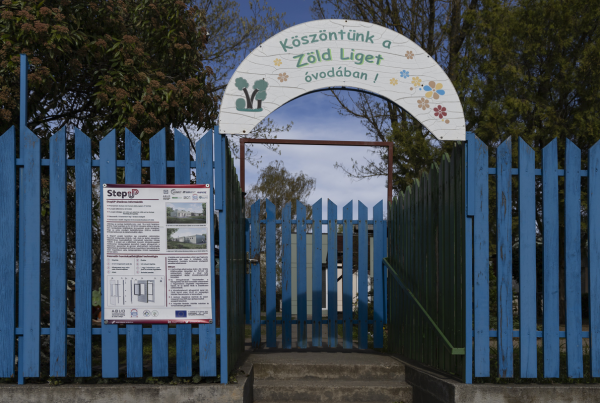Title: Multiscalarity in International Sustainable Assessment Systems: a qualitative comparison of LEED, CASBEE, BREEAM, DGNB and ESTIDAMA on Building, Neighbourhood and City Scale
Authors: Melinda Orova and Dr. András Reith
Sustainable assessment systems have been developed for evaluating different scales of the built environment (building, neighbourhood and city). Multiple scale assessments are necessary as only their coexistence can allow recognition of the environmental, social and economic sustainability of the whole built environment. The integration of assessments of different scales can provide efficient methods and better synergies in the urban fabric. This paper analyses the different scales of the most widespread systems (LEED, BREEAM, CASBEE, DGNB, Estidama) and attempts to define how the indicator systems on different scales relate to each other by comparison on four levels (general, category, index and indicator). The results show that the different scales of an assessment scheme mainly work as individual certification systems, but there are strong connections between building and neighbourhood systems. The comparison indicates that the city scale assessments have the most different characteristics, mainly because building and neighbourhood scale contains prescriptive measures that require action, while the city scale has descriptive indicators that monitor the status of the city. Based on the conclusions, options for further studies includes comparison of building systems for operation phase and city systems; a further analysis of indicator scale connectivity for determining the quality and quantity of system integrations between the three scales.



